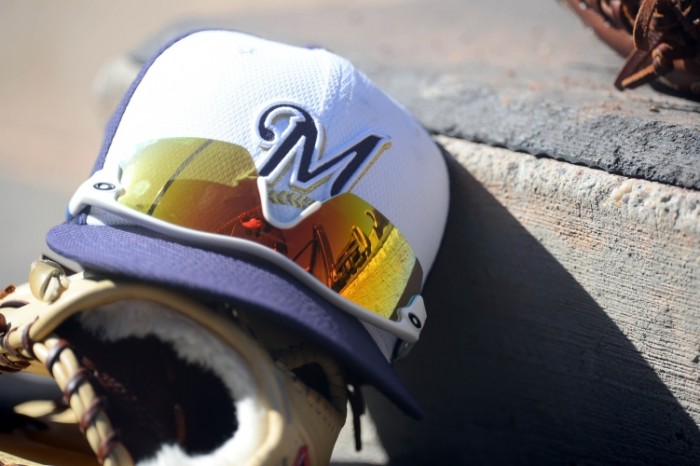On August 4, 2015, in his first start with the Biloxi Shuckers of the Double-A Southern League, left-hander Josh Hader treated the Brewers and their fans to the sort of dominant performance that made him the 2014 California League Pitcher of the Year and convinced Milwaukee to acquire him as part of the deal that sent Carlos Gomez and Mike Fiers to Houston. In five innings of work against Mobile, Hader smothered the Bay Bears’ lineup, allowing only one hit and one walk while striking out nine and throwing 55 of his 73 pitches for strikes.
Team officials noticed.
Tom Flanagan, Milwaukee’s new Farm Director, remembers that Hader “really made an impression on the Biloxi staff” that night in Mobile. “A few days later I talked to [Biloxi pitching coach] Chris Hook,” Flanagan recalled, “and he told me that Hader took over the game from the beginning — that he pitched like he was on a mission.”
Hader’s mission, it seems, is to pitch his way into a Major League rotation. A 19th-round selection of the Orioles in 2012, the young left-hander has succeeded at every level of the minors through Double-A. In 58 starts and 32 relief appearances across three-plus seasons, Hader has compiled a 2.95 ERA with 398 strikeouts in 363.1 innings. As his walk rate has declined, his strikeout rate has increased. Following his successful debut in Mobile, he started another six games for Biloxi, striking out 41 and walking only 11 in 33.2 innings. Then, he capped his 2015 season with a dominant performance in the Arizona Fall League, where, pitching mainly in relief, he posted a miniscule 0.56 ERA and caught the attention of Gammons Daily as one of the season’s standout performers.
First impressions, however, can be double-edged. For all his minor-league success, Hader has yet to alter scouts’ and industry analysts’ early assessments of him as pitcher whose lanky frame and three-quarters delivery raise concerns about durability, and whose below-average secondary offerings limit his potential as a starter. Earlier this month I ranked Hader the No. 4 prospect in Milwaukee’s system and No. 16 overall in the National League Central. BP, however, left him out of the Brewers’ Top-10 altogether.
Time alone will reveal whether or not Hader can answer the durability question by holding up under a starter’s workload over a full season. Flanagan, at least, has no concerns about the young lefty’s delivery. “We’ll monitor it,” Flanagan said, “and we’ll judge it by how he feels in between starts.”
In 2015, Hader’s three highest pitch totals came in three consecutive starts with Biloxi. On August 20, 26, and 31, Hader threw 99, 96 and 99 pitches, respectively, and made it through seven innings in each of the last two starts. So while the Brewers have been judicious with their young starter’s pitch count — limiting his innings in the Arizona Fall League, for instance — they also understand that the only way to find out if Hader can handle a starter’s workload is to give him one.
The other knock against Hader has been his below-average secondary offerings. Flanagan notes that Hader “could get away with using only his fastball” because there’s so much deception in the delivery that “righties and lefties take bad swings off him.” That’s not to say, however, that Hader must rely only on his fastball. His slider and changeup, Flanagan said, have been “better than advertised.” Best of all, Hader, whom Flanagan described as an intense competitor with advanced focus and makeup, has “confidence in all three pitches.” In short, he “shows all the signs and tools necessary to be a starter.”
Flanagan was quick to note that Hader “also has the ability to pitch out of the pen.” If, however, Hader does shift to a relief role in the future, he would do so only to satisfy the Brewers’ team needs at the Major League level, not because of his own limitations as a pitcher. His success against both lefties and righties would make him not a lefty specialist but a one-or-two-inning, high-leverage reliever in the mold of Pittsburgh’s Tony Watson. If it comes to that, the Brewers organization would not complain.
Meanwhile, Hader will remain a starter with significant upside. When reminded that Hader had drawn comparisons to established aces such as Chris Sale and Madison Bumgarner, Flanagan urged caution. “You hate to even drop those names,” he said, for it puts too much pressure on the youngster. “But,” he continued, pausing perhaps to recall the impression Hader already has left on his new organization, “you can get excited.”

2 comments on “Josh Hader and the Durability of Impressions”